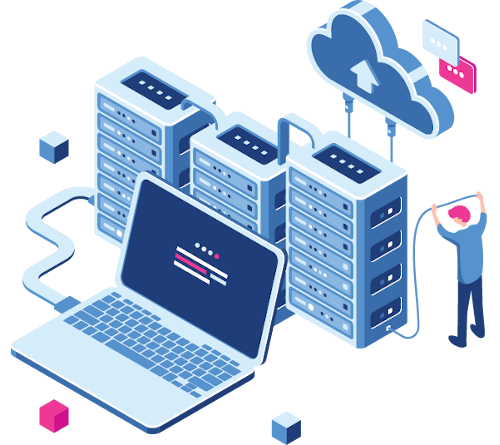
Cloud Security Compliance
Good cloud security hygiene starts with complete visibility into the security and compliance posture of each resource deployed in your cloud environment. This is fairly straightforward for a single cloud setup, but when you expand into a multi-cloud architecture, it becomes exponentially more difficult to maintain a robust security posture.
Know your Cloud
Take the time to carefully understand your cloud model, as well as your cloud service providers security responsibilities.
Embrace Responsibility
Though you might have "shared responsibility" with your cloud vendor or service provider, it's ultimately your organization that's responsible.
Get Serious About SLAs
Your SLA needs to clearly outline how the cloud service provider will segment your environment and where your data can/can't be geographically located.
Unified Security Strategy
The security of your cloud infrastructure and therefore compliance needs to be holistic and include the elements of prevention, governance and visibility.

Code Analysis
Code Analysis is a process that identifies the insecure piece of code which may cause a potential vulnerability in a later stage of the development process, ultimately leading to an insecure result. When a vulnerability is detected in earlier stages of DLC, it has less impact than the later stages of DLC when the insecure code moves to the production environment.
Perform Code Review
Code auditor maybe sits with the developer to understand the functionalities of the application and the structure of the source code repository.
Create Pull-Requests
NeosLab runs static anlaysis on every commit and helps you address code quality and security issues before you can ask your peers for a review.
Improve Code Coverage
Visualize line coverage and branch coverage, and discover missing tests. Simply send the coverage report from any CI tool and NeosLab will do the rest.
Automatically Fix Issues
Manually fixing issues can be tedious. With NeosLab, generate fixes for thousands of issues at once and create a pull-request with the fixes.

CyberSec Training
In the Computer security or Information security fields, there are several tracks a professional can take to demonstrate qualifications. Quality and acceptance vary worldwide for IT security credentials, from well-known and high-quality examples like a master's degree in the field from an accredited school, CISSP, and Microsoft certification, to a controversial list of many dozens of lesser-known credentials and organizations.
Training Roadmap
Explore our interactive training roadmap to find the right courses for you or your team's and create a plan for long-term career and team goals.
NeosLab Courses
From cyber foundations to leadership strategies, NeosLab offers more than 60 hands-on courses to help cyber professionals gain applicable skills.
Learn On-Demand
Anytime, anywhere access to NeosLab training. Receive training from the same top-notch NeosLab experts who teach at our live training events.
Live Online
Avoid travel and attend scheduled live sessions direct from your NeosLab instructor featuring many of the activities that NeosLab students love.

Data Recovery
Data recovery is a process of retrieving inaccessible, lost, corrupted, damaged, or formatted data from the storage device, removable media or files when the data stored in them cannot be accessed in a normal way.
On-Premises
Provides control of data with a secure on-premises vault protected with an operation air gap and layers of physical and logical security.
Colocation
Extends our proven Cyber Recovery solution to a secure cloud environment providing customers with another layer of isolation for their critical data.
Public Cloud
Delivers a fast, moden, easy-to-deploy public cloud vault to secure, isolate and recover critical data and systems from cyberattacks.
Data Isolation
Automated workflows securely move business activities and critical data to an isolated and secure environment via an operational air gap.
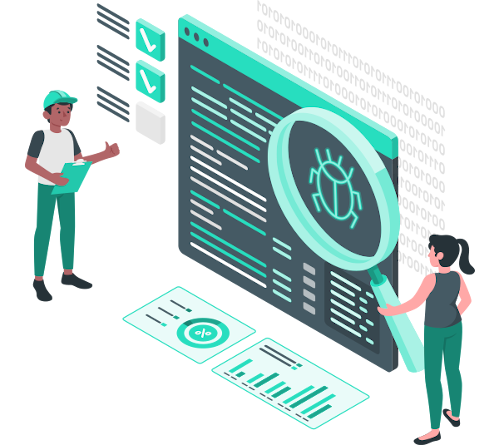
DeepWeb Scanning
The dark web is made up of sites that you can't access through traditional search engines such as Google or Bing. Most people use a browser that you can download for free, known as TOR to browse this hidden section of the web. Not everything done on the dark web is illegal.
Plug-In
Access live and historical structured data feeds from millions of dark web forums, marketplaces, paste sites and messaging platforms.
Understand
Power your machines with encrypted and password-protected illicit content, indexed by entities, keywords, sites and more for full context in real time.
Scale Up
Scale your solution with near real time content processing for timely, structured noise-free data feeds. Stay on top of threats and fix security issues.
Fingerprinting
With personalized security testing, map out the technologies you use and get the most relevant security tests applicable to your tech stack.
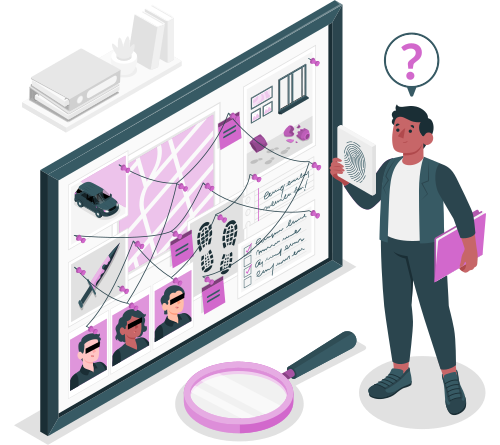
Digital Investigation
Social networks and social media, such as Facebook, Twitter, and Instagram, are some of the most popular services on the web with hundreds of millions of users. Public information that people share on these sites can be of value to anyone interested in investigating people of interest through open, public sources.
Social Media Advice
From data recovery to how the applications operate, our analysts can provide clients advice and evidential opportunities in Social Media.
OSINT/SOCMINT
Our experts are trained to conduct OSINT to capture information obtained from our online investigations and provide an easy-to-follow report.
Digital Investigation
Our experts can conduct case reviews for prosecution/defence and ensure that the evidence produced is sound and obtained to an evidential standard.
Other Methods
Investigation method can assist in a whole range of information gathering such as image analysis, email investigation and database analysis.
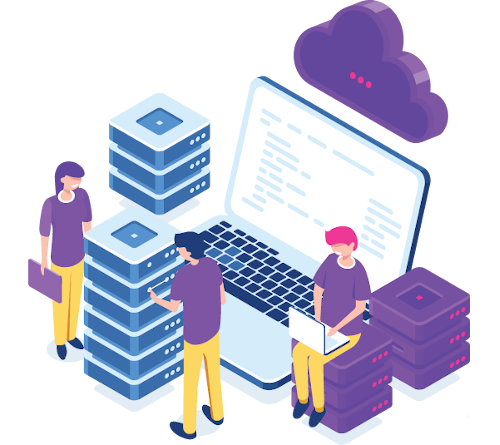
EndPoint Defense
Endpoint protection involves monitoring and protecting endpoints against cyber threats. Protected endpoints include desktops, laptops, smartphones, tablet computers, and other devices.
Patch Management
Automatically identify and remediate endpoint vulnerabilities across all platforms, domains, and locations at speed and scale.
Remote Access
Quickly provide hands-on remote support to distributed employees allowing them to preserve access to the data and continue them work.
Service Desk
Minimize the administrative burden of ticketing through context, automation, and in-ticket actions with our solution of real-time monitoring.
Endpoint Backup
Protect end-user and company data with NeosLab's real-time monitoring solution, easy-to-manage backup for your distributed endpoints.
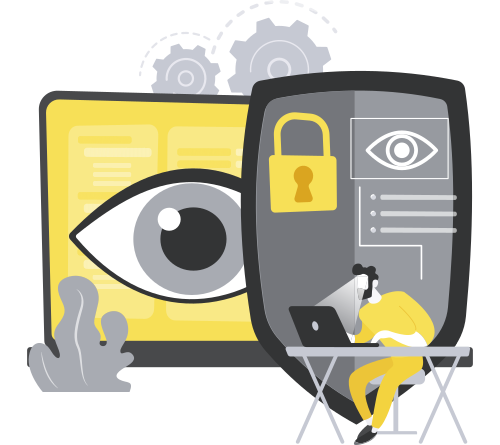
Digital Forensics
Digital forensics is the practice of identifying, acquiring, and analyzing electronic evidence. Today almost all criminal activity has a digital forensics element, and digital forensics experts provide critical assistance to police investigations.
Data Breach Forensics
In-depth root cause discovery will help to understand a breach's impact. We will extract indicators of compromise for subsequent monitoring and detection.
Mobile Forensics
A critical component of many forensic cases is extracting data from mobile devices. We can provide phone calls log, and other hidden stored data.
Memory Forensics
Advanced threat actors are using memory implants. This type malwares resides and lives only in the memory of digital systems.
Network Forensics
Detecting malicious network traffic in intrusion detection systems and live network streams is very dependent on communication protocols.
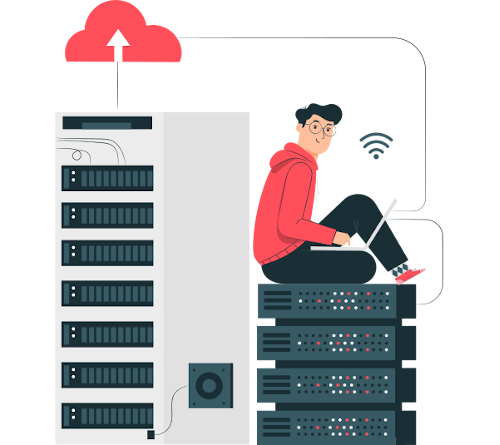
Incident Response
An incident is an event that could lead to loss of, or disruption to, an organization's operations, services, or functions. Incident response is a term describing the activities of an organization to identify, analyze, and correct hazards to prevent future re-occurrence.
Control Content Sprawl
Organize content across various collaboration and communication platforms to support safe and compliant hybrid work while blocking the attack.
Intelligent Automation
Deploy intelligent automation and standardized policy rules to classify content, identify privacy risks and route them to secure content services.
Enforce Data Security
Secure information according to a range of regulatory and business factors while enforcing active policy and process-driven information protection.
Tackle Content Risk
Monitor data sources for potentially inappropriate, adverse content or sensitive data that needs attention and take action for proactive risk mitigation.
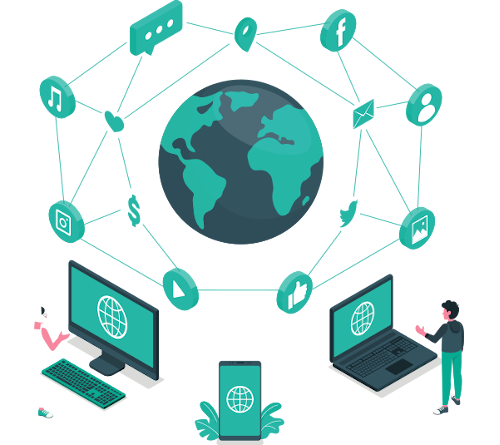
Network Defense
Computer network defense is primarily a form of cybersecurity and an information assurance measure for securing military and government information systems from threatening cyber-attacks and intrusions.
Intrusion Prevention Service
IPS uses updated signatures to scan traffic to provide real-time protection against network threats, including spyware, and buffer overflows.
Reputation Enabled Defense
A powerful, cloud-based reputation lookup service that protects web users from malicious sites and botnets, while improving web processing overhead.
Webblocker URL Filtering
WebBlocker's filtering tools enable you to block inappropriate content, preserve network bandwidth, and increase employee productivity.
Gateway Antivirus
Leverage our continuously updated signatures to identify and block known spyware, viruses, trojans, worms, rogueware and blended threats.
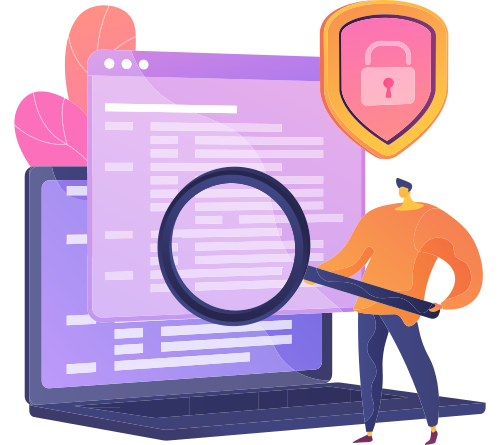
Penetration Testing
A penetration test, colloquially known as a pentest, is an authorized simulated cyber-attack on a computer system, performed to evaluate the security of the system.
Network Infrastructure
The network of your organization stores different types of data. Our pentesting company can uncover the weaknesses regarding those data.
Internal Penetration
This type of test is dedicated to examining potential cyberattacks that could be conducted by criminals or frauds against your organization.
External Penetration
It's easier to get exposure to external systems because this is the organization's perimeter which make your activities externally vulnerable.
Web Application
Cybercriminals often hack web applications because they might contain big quantities of data and provide very important services.
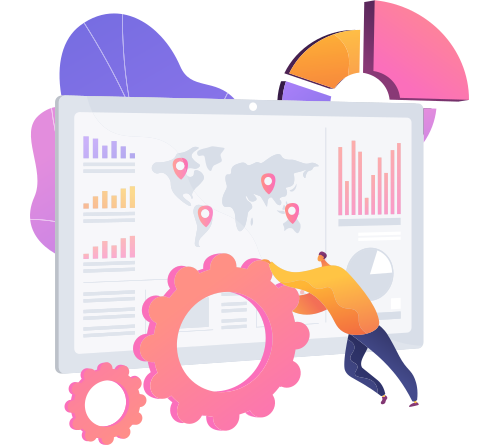
Risk Assessments
Broadly speaking, a risk assessment is the combined effort of identifying and analyzing potential events that may negatively impact individuals, assets, and/or the environment and making judgments on the tolerability of the risk-based on risk analysis while considering influencing factors.
Identifying
The first step involves identifying critical information assets by performing a real-time comprehensive service and hardware inventory.
Evaluating
After identifying assets and prioritizing risks, the next step involves reviewing foundational elements to prepare the organization for technical safeguarding.
Designing
Once all foundational have been addressed, we recommend that organizations dive deeper into their infrastructure to reduce future threats.
Uncovering
After identifying assets, our team will conduct an exhaustive assessment to determine which vulnerabilities might affect your systems.
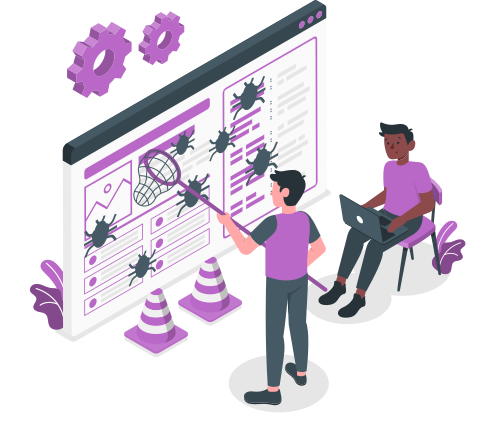
Secure Web Development
To effectively protect a web application, developers have to think like hackers and have to know what kinds of attacks to expect, which is difficult for beginning developers who lack experience with hackers.
Technical Documentation
Our team can assist you in compiling the right technical documentation, namely, choosing a technology stack for your project and defining the scope of work.
Front-end Development
NeosLab can provide your company with front-end development services. We create custom, scalable and high-performing products for businesses.
Back-end Development
Our highly educated specialists provide a wide range of development services to various sectors with significant knowledge in technical stacks.
Full-stack Development
Our team can be an excellent assistant and advise you on developing your project, choosing the technical stack, drafting technical documentation, etc.
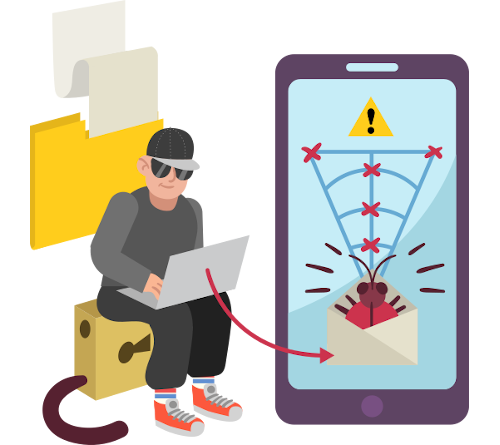
Spyware Detection
Computer espionage is usually done by malicious hackers using a type of malware that seeks to gather information about a person or organization without their knowledge and to send that information to hack another entity without the consent of the consumer.
Threat Sensing
Uncover zero-day and spyware threats, contain and limit windows of exposure, and flag ransomware activity before it takes hold.
Highly Accurate
Clear, decisive, and immediate triggers into spyware threats without false positives or alert fatigue to avoid sensitive data leaks.
SaaS-Delivered
Streamline administration, simplify maintenance, and reduce IT footprint to protect data in minutes, and scale your infrastructure in seconds.
Case Intelligence
NeosLab create actionable intelligence to immediately presents the data needed to work through your case with ease and efficiency.
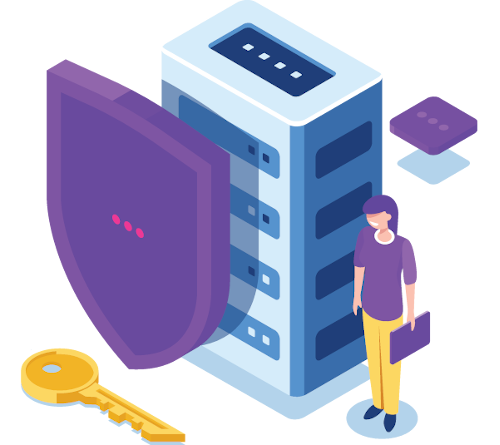
Threat Detection
A threat detection system (TDS) is a tool or software program that detects malicious behavior or policy violations of a network or system. Any intrusion behavior or violation is usually reported either to an administrator or collected centrally using a program called security information events management (SIEM).
Understand
Your assets are evolving. Between mismanaged cloud configurations and vulnerable properties, it's difficult to keep it all up-to-date.
Explore
Every minute, your attack surface is expanding. Your external attack surface isn't simply what you know it's a vast, extended, unseen digital world.
Remediate
NeosLab has the largest and most relevant risk framework in the industry, with over 350 actionable and investigatable risks to protect your data.
Report
Your ASR will show the number of assets, including hosts, certificates, domains, storage buckets, risky services and more, helping you to prioritize the risks.
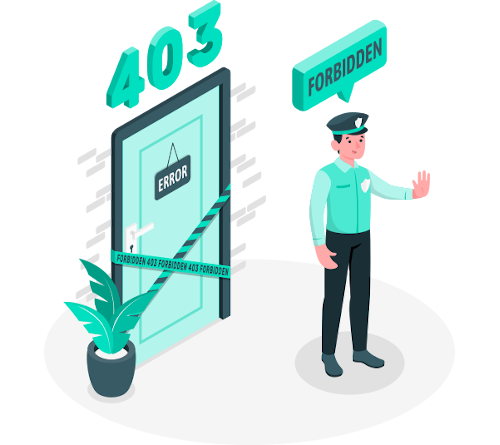
Unauthorized Access
Unauthorized access is when someone uses someone else's password or other methods to gain access to a website, software, server, device, or network. For example, if anyone tried to guess a password or username for an account that was not theirs until they obtained access, this is called unauthorized access.
Data Protection
Provides unified data classification, policy enforcement, and incident management with pervasive DLP across endpoint, cloud, and web in real-time.
Hyperscale Service
Minimizes inefficient traffic backhauling with intelligent, secure direct-to-cloud access, delivering 99.999% availability and ultra-low latency.
Threat Protection
Uses user and entity behavior analytics to identify malicious behavior, remote browser isolation to contain web browsing activity.
Real-Time Monitoring
It is crucial to monitor what is happening with user accounts, to detect anomalous activity such as multiple login attempts.
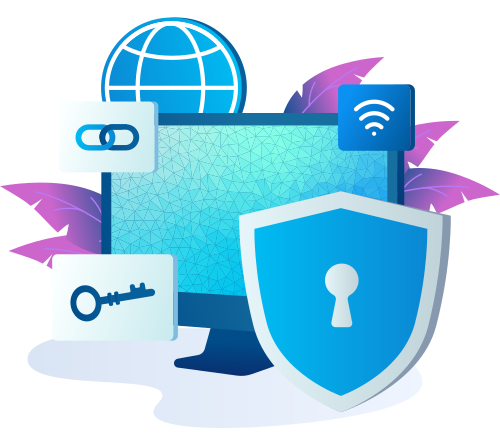
Vulnerability Assessments
A vulnerability assessment is a process of identifying, quantifying, prioritizing, or ranking vulnerabilities in a system. Examples of systems for which vulnerability assessments are carried out include, but are not limited to, information technology systems, energy supply systems, water supply systems, transport systems, and communication systems.
Identification
Our experts test the security health of applications, servers or other systems by scanning them with automated tools, or testing and evaluating them manually.
Analysis
This step involves the identification of system components responsible for each vulnerability, and the root cause of the vulnerability.
Risk Assessment
The objective of this step is the prioritizing of vulnerabilities. It involves security analysts assigning a rank or severity score to each vulnerability.
Remediation
It's typically a joint effort by security staff, development and operations teams, who determine the most effective path for remediation.

